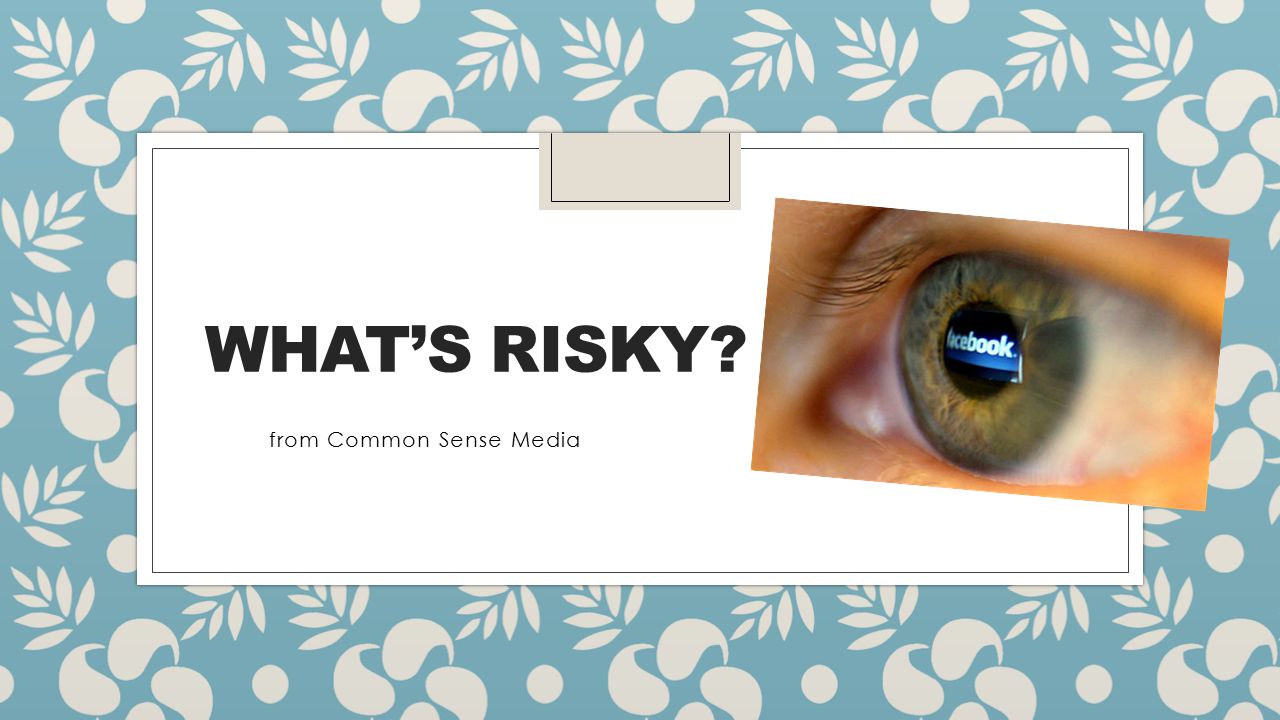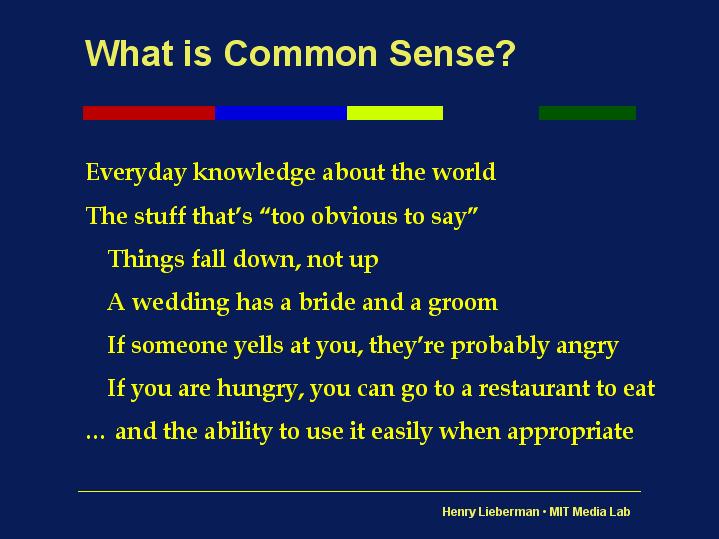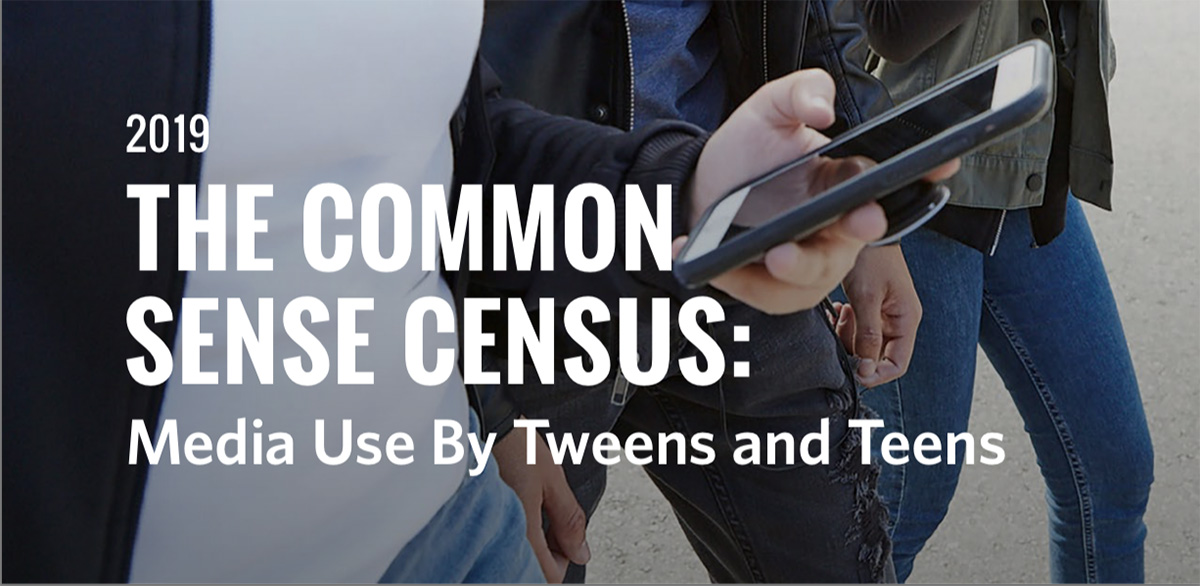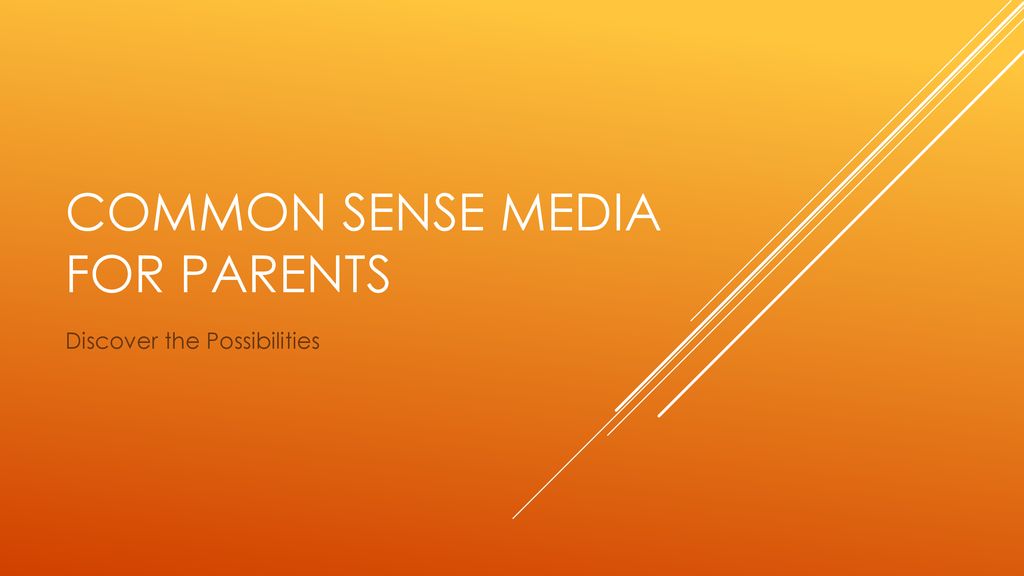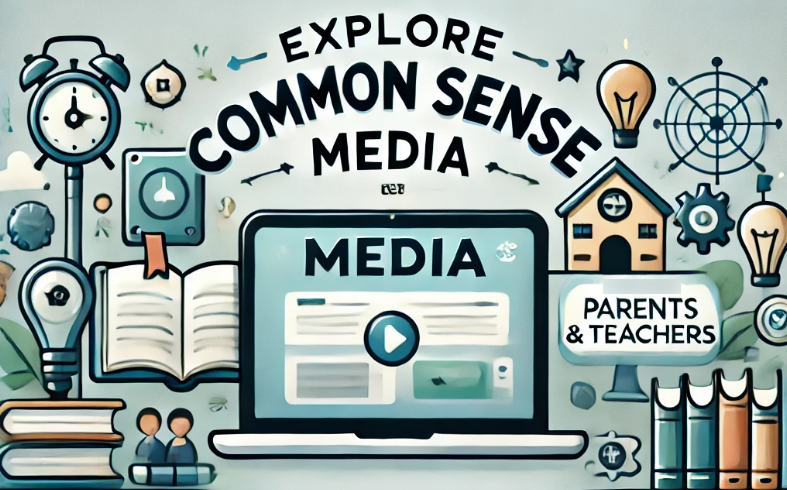Common Sense Media A Real Pain

Imagine a Friday night. Pizza’s in the oven, family gathered, and the big question looms: What movie to watch? The streaming services beckon, promising endless entertainment, but a sense of unease lingers. How much violence? Is the language appropriate? Are there themes that might spark uncomfortable conversations? The digital age, with all its convenience, has made navigating family entertainment a minefield.
At the center of this parental quandary sits Common Sense Media, an organization ostensibly dedicated to providing age-based ratings and reviews for movies, TV shows, video games, and books. While intended as a helpful resource, many parents find their ratings inconsistent, overly sensitive, or even completely out of touch with the realities of modern media consumption, making them a frustrating – and sometimes counterproductive – tool in the quest for wholesome family entertainment.
The Rise of Common Sense Media
Founded in 2003 by Jim Steyer, Common Sense Media emerged during a period of growing concern about the impact of media on children.
Its mission was simple: to provide parents with reliable information to make informed choices about the media their children consume.
The organization quickly gained traction, building a vast database of reviews and ratings based on criteria such as violence, sex, language, and positive messages.
A Seemingly Helpful Tool
On the surface, Common Sense Media appears to be a valuable resource for parents overwhelmed by the sheer volume of content available.
The website offers age-based ratings, detailed reviews, and parent guides, highlighting both the positive and negative aspects of various media.
Parents can search for specific titles or browse by age group or genre, filtering content based on their family's values and preferences.
The Frustration Factor
Despite its good intentions, Common Sense Media often falls short of its promise, leaving many parents feeling more confused than enlightened.
A common complaint revolves around the organization's perceived inconsistencies in its ratings.
For example, some parents have noted that a film with minimal violence might receive a higher age rating than one with more graphic content, simply because the former deals with more complex or mature themes.
Subjectivity and Over-Sensitivity
The subjectivity inherent in media criticism is another source of frustration.
What one parent considers a harmless joke, another might deem inappropriate for their child.
Common Sense Media's tendency to err on the side of caution can sometimes lead to overly restrictive ratings that deprive children of age-appropriate and even enriching experiences.
One mother remarked in an online forum, "I once skipped a movie because Common Sense Media warned about 'intense emotional scenes,' but then my kids watched a cartoon where a character's pet died and *that* wasn't flagged! It's impossible to win."
The "Woke" Critique
In recent years, Common Sense Media has also faced criticism for what some perceive as a "woke" bias.
Some parents argue that the organization prioritizes social justice themes over traditional entertainment values, resulting in ratings that reflect a particular political or ideological perspective.
This critique often centers on the inclusion of diversity and representation as key factors in its reviews, with some arguing that these elements are given undue weight, regardless of the overall quality or appropriateness of the content.
A father commented, “It feels like they're more concerned with checking boxes than giving parents an honest assessment of whether a show is actually good for kids.”
The Impact on Family Entertainment
The limitations and perceived biases of Common Sense Media have real-world consequences for families.
Over-reliance on its ratings can lead to missed opportunities for shared experiences and meaningful conversations.
Conversely, ignoring its warnings altogether can expose children to content that is genuinely harmful or inappropriate.
According to a 2022 study by the Pew Research Center, while a majority of parents use online resources to guide their children's media consumption, only a small percentage rely solely on one source.
Most parents supplement these resources with their own judgment and knowledge of their children's individual needs and sensitivities.
Beyond Common Sense: A Holistic Approach
The key to navigating the digital landscape lies in adopting a holistic approach to media literacy.
This involves not only consulting resources like Common Sense Media, but also engaging in open and honest conversations with children about the content they consume.
Parents can use media as a springboard for discussions about values, ethics, and critical thinking, helping their children develop the skills they need to navigate the complexities of the digital world.
“It's not about banning everything,” says Dr. Anya Kamenetz, an expert on children and technology, in her book The Art of Screen Time. “It's about curating experiences and using media as a tool for connection and learning.”
A Reflective Conclusion
Common Sense Media, despite its flaws, remains a significant voice in the ongoing conversation about media and childhood.
Its extensive database and user-friendly interface provide a starting point for parents seeking guidance in a complex and ever-changing landscape.
However, it is crucial to remember that ratings and reviews are just one piece of the puzzle. Ultimately, the best approach to family entertainment involves a combination of research, communication, and parental intuition.
Perhaps the most valuable lesson lies in empowering children to become critical consumers of media, capable of making their own informed choices. This journey requires dialogue, trust, and a willingness to engage with the digital world, not as a threat, but as an opportunity for growth and connection.





